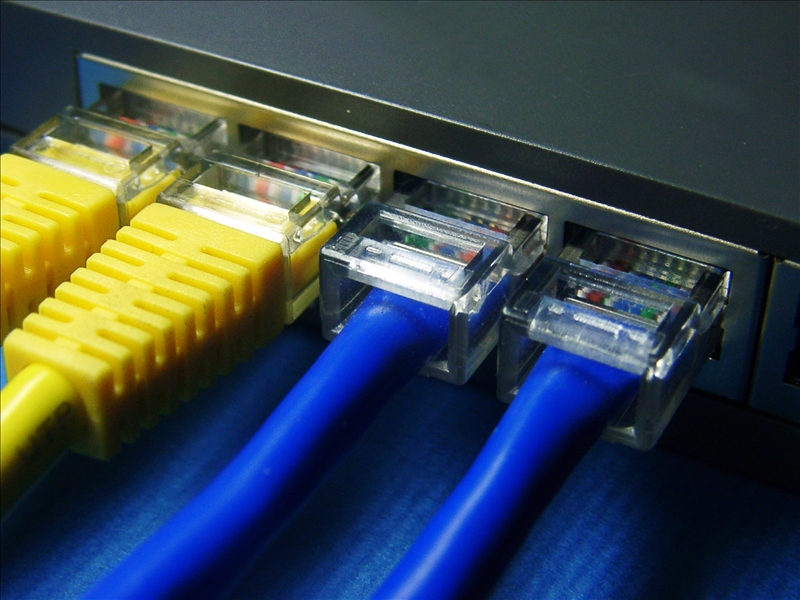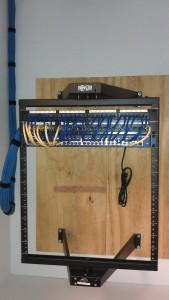
Is it Time to Upgrade Your Network Infrastructure?
 Your company will need to upgrade because network traffic is rising dramatically due to the rapid increase in the number of devices and videos online. By 2020, the number of devices will approach an estimated 12 billion. The following are reasons why you should contact an expert and experienced structured cabling support team to evaluate and improve your network infrastructure.
Your company will need to upgrade because network traffic is rising dramatically due to the rapid increase in the number of devices and videos online. By 2020, the number of devices will approach an estimated 12 billion. The following are reasons why you should contact an expert and experienced structured cabling support team to evaluate and improve your network infrastructure.
High Maintenance
The addition of the latest technology often stresses aged infrastructure, resulting in more downtime and troubleshooting. This increased time and effort devoted to this task prevents your IT support from working on implementing innovative solutions that may increase productivity or decrease costs, slowing your company’s growth. Installing up-to-date infrastructure will decrease maintenance and increase deployments.
Inadequate Security
Cybercrime is growing ever more prevalent and complex. Hackers tend to avoid networks with strong security and target those with weak protection. Older network infrastructure will have more and greater vulnerabilities. Modern network solutions now feature intelligent sensors and enforcers, improving security.
Mobile Employees
Today’s workers want the ability to work anywhere and anytime. Unfortunately, aged infrastructure will not be able to cope with new mobile solutions and enterprise cloud applications. In order to maintain and increase employee productivity, a network upgrade replacing obsolete equipment will probably be necessary.
Slow Network
Networks of the past were not designed to meet the current requirements of companies and their workers. Wireless technology now permits employees to work anywhere with wireless access points nearing 7 Gbps, more than 11X faster than the 802.11n standard.
The Competition
A network infrastructure upgrade will allow your company to remain competitive because it will be able to implement the latest solutions that boost productivity and earnings. Powerful applications that would have crashed your old network can now be handled, allowing your organization to keep up with competitors.
Progressive Office Cabling
Founded in 1986, Progressive Office’s success has been a direct result of years of commitment to seeking solutions on behalf of their clients in the Washington, D.C. and New York City areas. Efficiently working together, their teams get cabling installed and operating as fast as possible while minimizing disruption and downtime. Call their toll free number (800) 614-4560 today.


 An infrastructure for enterprise communications,
An infrastructure for enterprise communications, 
 Whenever there is an IT systems issue, the resolution can often be delayed by poorly
Whenever there is an IT systems issue, the resolution can often be delayed by poorly 
 As mentioned in Part 1, a
As mentioned in Part 1, a 

 Academic institutions can garner all the benefits of the Internet age by integrating information and communications technology (ICT) with their teaching and learning environments. ICT is an extension of the term for information technology (IT), emphasizing the unification of telecommunications,
Academic institutions can garner all the benefits of the Internet age by integrating information and communications technology (ICT) with their teaching and learning environments. ICT is an extension of the term for information technology (IT), emphasizing the unification of telecommunications, 


 As previously discussed, the transition to IP-based security products and the rapid increase in business applications has resulted in end-users expecting greater video, audio, and data integration. These items require delivery over a standardized
As previously discussed, the transition to IP-based security products and the rapid increase in business applications has resulted in end-users expecting greater video, audio, and data integration. These items require delivery over a standardized 
 Moving your company also means relocating and setting up its
Moving your company also means relocating and setting up its